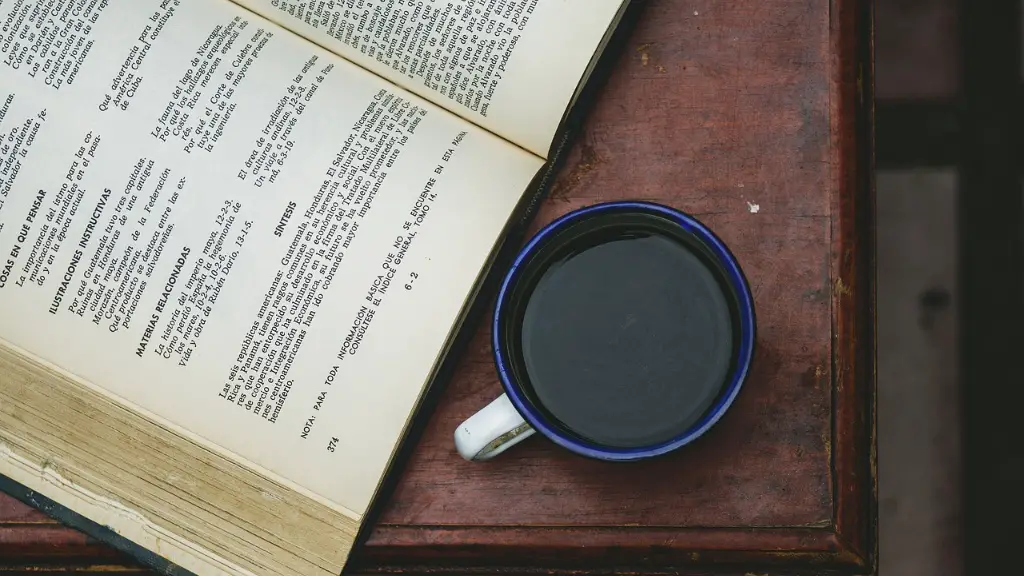Style
Poetry is a form of creative writing that is simple, beautiful, and meaningful. It can be used to express emotions, ideas, and stories in a unique way. Poetry has been around for centuries and is defined as art that uses words and language to evoke feelings and create images. A poet has the freedom to create his or her own style, using different tenses, poetic devices, and forms to suit the subject matter.
Genres of Poetry
Poetry can be divided into several genres, each with its own style and purpose. The most common genres include lyric, epics, ballads, sonnets, haiku, and free verse. Lyric poetry is usually composed of short lines of a few syllables each. Epic poems are usually narrative and are often very long. Ballads use simple stanzas of 4 lines each, and sonnets have a set structure of 14 lines. Haikus are short 3-line poems, while free verse has no set structure or rhyme scheme, relying instead on imagery and wordplay.
Evoking Emotion
Poetry is often used to evoke emotion, allowing the reader to see what the poet is feeling or going through. This can be done through using literary devices such as similes, metaphors, and alliteration. Much like music, poetry can be powerful, conveying the poet’s emotions without the need for words. Many famous poets have used this form of expression to express their emotions, thoughts, and life experiences.
Politics and Society
Poetry is often used to express opinions on politics and society. A great example of this is William Wordsworth’s “The World is Too Much With Us”, in which he expresses his dissatisfaction with the materialistic and greed-focused society of the early 19th century. Poetry can be a great way to allow one’s voice to be heard, and to start meaningful conversations and debates.
Symbolism and Imagery
Poets often use symbolism and imagery to convey deeper meanings and messages in their work. Symbols can be used to draw parallels between different experiences and ideas, while imagery allows the reader to visualize what is being described. Robert Frost, for example, is known for his use of vivid imagery and thoughtful symbolism in his poetry.
Forms of Poetry
There are a variety of forms of poetry, each with its own rules and conventions. Traditional forms such as the sonnet and the ballad are popular among poets, as well as new forms such as the slam poem and the spoken word poem. Each form has its own unique style, and poets often experiment with different forms to find the one that best suits their voice and message.
Oral Performance
Poetry can also be performed orally, either in a one-on-one setting or in front of an audience. This can be done through reciting, singing, or even rapping the poem. This allows poets to convey their emotions and messages in an even more powerful and engaging way, as the audience is able to connect with the poem in a deeper and more meaningful way.
Finances and the Business of Poetry
Though there is not much money to be made in poetry, some poets are able to make a living off of it. Poets can monetize their work either through publishing their work commercially or by selling their work directly to readers. They can also make money by performing their poetry live and by teaching poetry classes.
The Future of Poetry
The future of poetry is an exciting one, filled with potential and possibility. With new technology and social media, poets can now easily share their work with a wider audience, inspiring new generations to take up the craft. The internet has also made it easier for poets to connect with each other and to create communities where they can share their work and collaborate.
Protecting Poetry and the Value of Artists
In recent years, there has been a growing awareness of the need to protect poetry and the rights of poets. Despite the importance of the craft, poets often struggle to make a living off of their work, and copyright laws still do not do enough to protect them. This has made it increasingly important for organizations and governments to take a stand and protect the rights of poets, as well as to recognize the value of the craft.
Innovations in Poetry
Technology has also helped to create new forms of poetry and to expand the boundaries of what is considered to be poetry. With the emergence of the internet and social media, poets have been able to explore new ways of expressing themselves and their thoughts, as well as to explore a wider range of topics and ideas. The advent of artificial intelligence has allowed poets to access a range of new tools and has given rise to a whole new genre of poetry.
The Meaning of Poetry
At its core, poetry is a form of expression and self-reflection. It allows us to communicate complex ideas and to explore our emotions in a safe and meaningful way. Poetry is often used to inspire and to express ideas that cannot be expressed with words. No matter what genre or form it takes, poetry is an art form that has endured for centuries and will continue to do so for many years to come.



